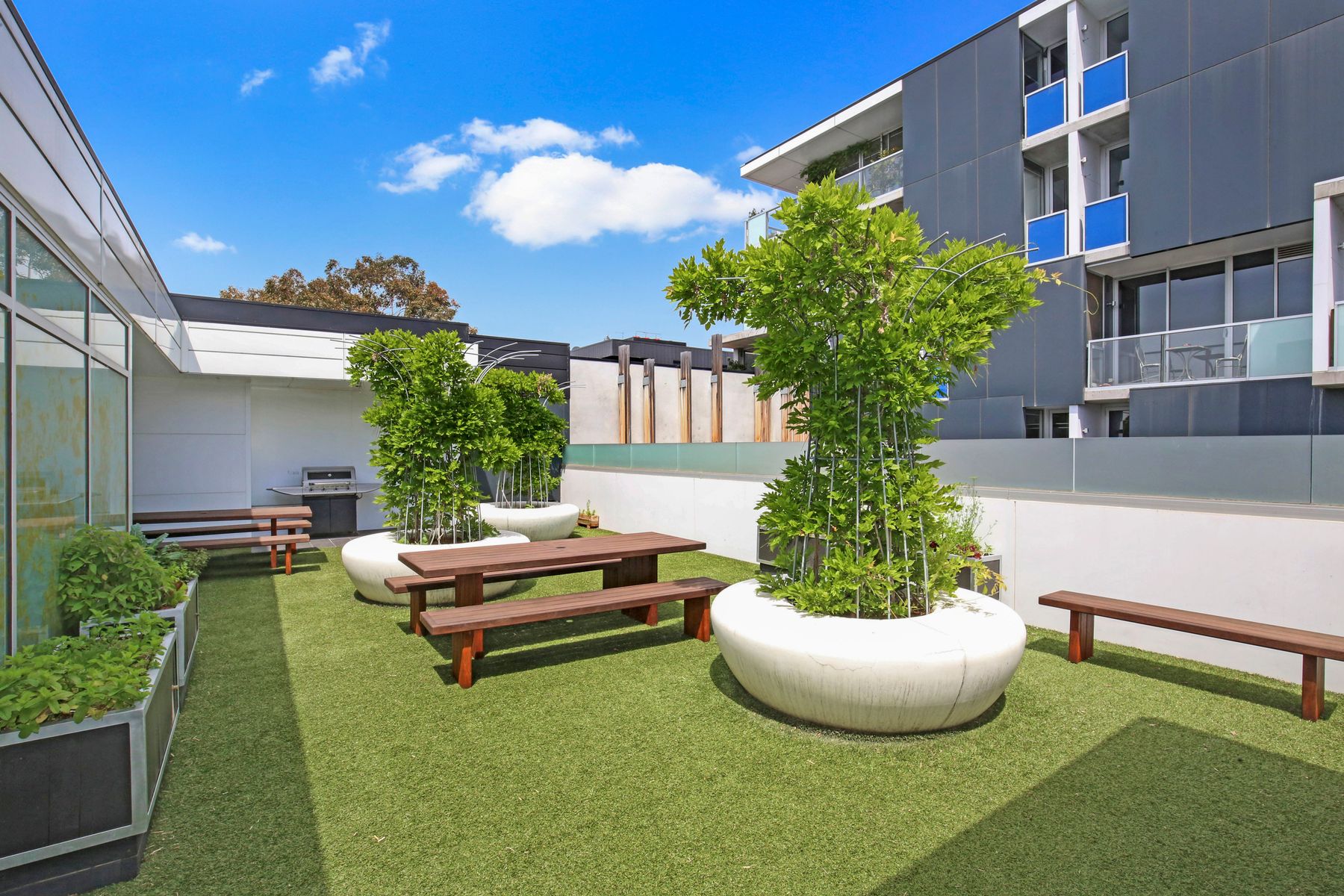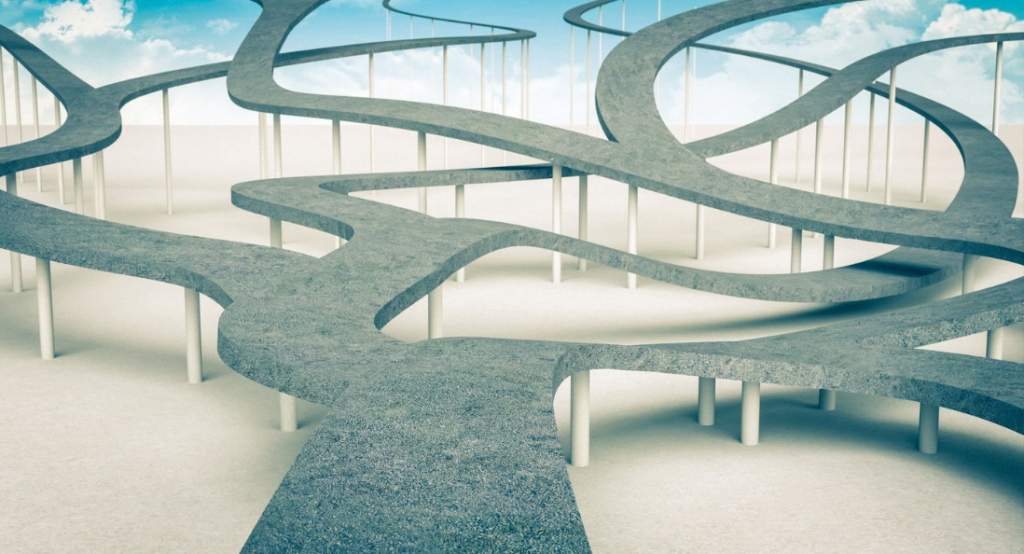City Know-hows

Target audience
Policy-makers, developers, academics and architects
The problem
In the context of global urbanisation, creating high-density living environments that promote health, wellbeing and social connectedness is vital. In apartment buildings, residents live in close physical proximity and share communal areas, however not all areas are equal in design and quality, which may impact usage and opportunities for social interaction.
What we did and why
Using a novel desktop audit approach, we objectively identified communal area design features and examined their association with residents’ use of communal areas in apartment developments across Perth, Melbourne and Sydney.
Our study’s contribution
This appears to be the first attempt to utilise an objective audit tool that assesses a number of design themes across communal areas. Our study results suggest that the delivery of high-quality communal areas can encourage use, which in turn, may have implications for residents’ social opportunities and outcomes.
Impacts for city policy and practice
The findings have policy and design implications, suggesting that the provision of communal space alone may not be enough to encourage use without the design features or amenities that appeal to residents.
Further information
Full research article:
Exploring the design, quality and use of communal areas in apartment developments by Alexandra Kleeman, Billie Giles-Corti, Lucy Gunn, Paula Hooper & Sarah Foster.
Related posts

On this webpage, follow the Bötzowviertel case, a neighborhood streetscape analysis with pedestrian solutions.

Public health has historically been an important factor driving urban planning policy in England but is currently rarely a priority. We explore the factors behind this, try to explain them in the context of policy developments since COVID-19, and consider what needs to change at national policy level to support healthier placemaking in the future.

Opportunities exist to influence the growth of secondary cities, home to most of the world’s urban population, in ways that maximise residents’ wellbeing as well as achieve sustainability goals. More research is required to understand how this can be achieved, in particular in relation to city governance.